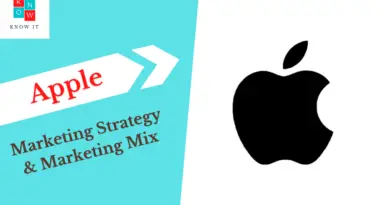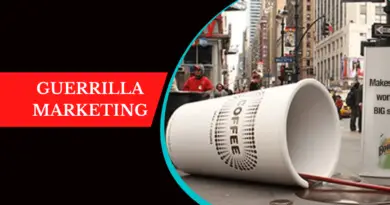Cracking the Code: Coca-Cola’s Masterful Pricing Strategy
Coca-Cola, the iconic beverage brand, has been quenching thirsts and captivating consumers for over a century. But beyond its delicious fizzy nectar lies a carefully crafted pricing strategy that has fueled its global dominance. Today, we delve into the secrets behind Coca-Cola’s pricing magic, uncovering the insights and examples that make it so effective.
The Balancing Act: Value-Based and Competitive Pricing
Coca-Cola doesn’t simply slap a price tag on its products. It employs a hybrid approach:
Value-Based Pricing: They understand their brand commands a premium. Years of consistent quality, strong branding, and emotional associations allow them to charge more than generic sodas. Think of a classic Coke can being more than just a drink; it’s a memory, a refreshment, a piece of pop culture.
Competitive Pricing: However, Coca-Cola doesn’t exist in a vacuum. They keep an eye on competitors like Pepsi, ensuring their prices remain within a reasonable range. Imagine finding Coke significantly more expensive; sticker shock could drive you to switch brands.
Mastering the Mix: A Multi-Faceted Approach
Coca-Cola doesn’t rely on a single pricing strategy. Instead, they adapt their approach based on various factors:
Segmentation: Different packages, sizes, and flavors cater to diverse needs and budgets. A 2-liter bottle for family gatherings justifies a higher price than a single-serve can.
Psychological Pricing: Ever notice prices ending in “.99”? This subtle trick taps into consumer psychology, making the product seem cheaper.
Promotional Pricing: Limited-time discounts, coupons, and bundle deals create a sense of urgency and encourage impulse purchases. Imagine a summer promotion with discounted multi-packs, perfect for barbecues.
Discriminatory Pricing: While ethical concerns exist, Coca-Cola might adjust prices based on region, income levels, or market conditions. Consider lower prices in price-sensitive markets to gain a foothold.

Real-World Examples: Putting Theory into Practice
Let’s see how these strategies play out in real life:
The “Magic Number”: In 2009, Coca-Cola priced a 2-liter bottle of Original Coke at $2.49 instead of $2.50. This strategic “charm pricing” made it feel more affordable, even though the difference was minuscule.
Size Matters: A single-serve can might cost $1, while a multi-pack offers a lower price per unit, encouraging bulk purchases. Imagine a family opting for the multi-pack for better value.
Limited-Edition Magic: Special seasonal flavors or commemorative cans come with premium prices, leveraging their exclusivity and appeal to collectors. Think of a holiday-themed Coke can priced slightly higher.
Regional Adaptations: In developing countries, smaller, more affordable “mini-me” bottles cater to price-conscious consumers, expanding their reach.
Key Takeaways for Aspiring Marketers & Entrepreneurs
Coca-Cola’s pricing strategy goes beyond mere numbers. Here are some key takeaways:
Brand Value is Paramount: A strong brand image allows them to command premium prices. Focus on building trust and emotional connections with your customers.
Flexibility is Key: Adapt your pricing based on market dynamics, competition, and customer segments. Don’t be afraid to experiment and track results.
Psychological Cues Matter: Understand how consumers perceive prices and use subtle tactics to influence their decisions.
Value Perception over Price Tags: Focus on delivering value beyond just the product itself. Create an experience that justifies the price.
Beyond the Fizz: A Model for Success
Coca-Cola’s pricing strategy is a masterclass in balancing value, competition, and psychological influence. By understanding its nuances, you can unlock valuable insights for your own marketing endeavors, whether you’re a student, an entrepreneur, or simply someone curious about the magic behind the familiar red can. Remember, the right pricing strategy can be the secret ingredient to your success story!



